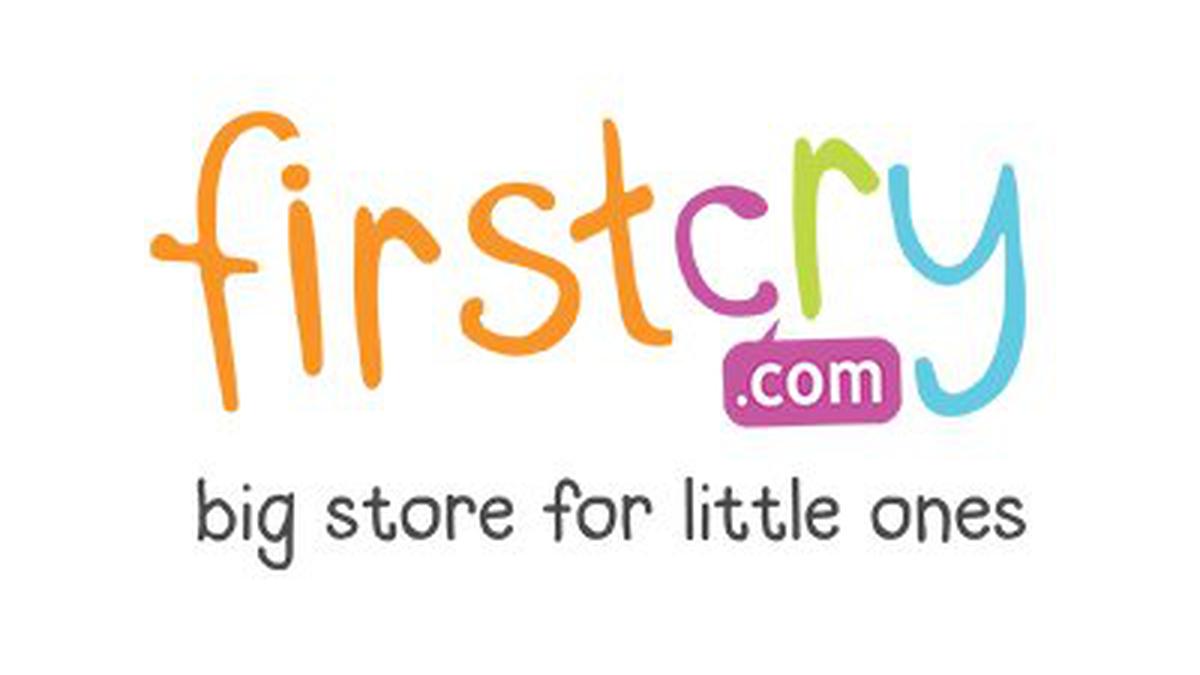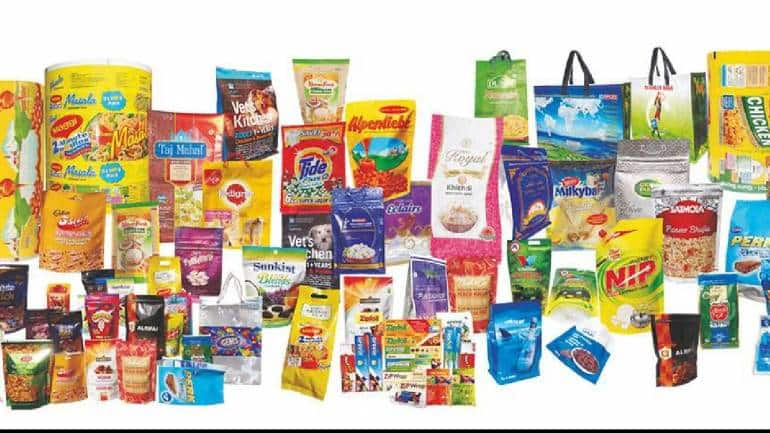March 28, 2024 / 07:13 PM IST

It's now an established fact that modern consumers prefer products that are sourced and manufactured sustainably. A recent study quoted by Harvard Business Review revealed that brands with credible sustainability claims grow twice as fast as their traditional counterparts. 65% of respondents in an associated survey said they want to buy purpose-driven brands that promote sustainability. The onus is now on businesses to create industrial processes and products that align with principles of circularity.
One of the primary objectives of the Sustainability100+ platform is to disseminate ideas that lay the groundwork for the shift to circular business. To do this, companies will have to reorient themselves away from the old Linear Economy, based on the take-make-waste systems that are responsible for mounting piles of waste in the world. And this transformation must encompass all facets of resource utilization, product design, modes of consumption, and environmental impact of the business.
Design Out The Waste
Design is at the heart of circular business. Yet, the terms of circular design are often mired in ambiguity, owing to multi-layered interactions between elements and processes involved. Typically, a business must begin by choosing a circular design strategy that dictates whether the product is designed for Reuse, Refurbishment, Remanufacture or Recyclability. Each of these approaches entail a variety of interventions at different stages of innovation, with regards to materials used, product design, and supporting systems and processes, which together make up a circular design framework. Adopting a circular design framework helps break the circular design strategy down into specific action points, and brings a circular focus to the creation of products and services.
A shining example is AB InBev's initiative to create sustainable six packs for its range of beers, made from barley straw. The idea brings together the twin objectives of waste reduction and sustainable packaging. Since barley straw is one of the primary by-products of beer production, it effectively closes the resource loop for barley. Besides, six packs made from barley straw use 90% less water in its production, along with less energy and fewer harsher chemicals. Most importantly, they can be recycled.
Reuse And Recycle
A big challenge for circular business is the creation of a circular supply chain. A circular strategy for recyclability mandates a manufacturing process which integrates the salvage and use of recycled materials, and the use of regenerative materials, including mono materials. Doodlage, an Indian apparel manufacturer, has made zero-waste manufacturing the core of its fashion philosophy. The company only uses recycled and organic material to produce products that are also completely recyclable. Such innovations will help reduce waste greatly, especially in a region which produces nearly 40% of the world's garments.
Modularity provides another avenue for engineers to embed circularity in their product designs. It's a solution increasingly being adopted by the world's car manufacturers, with many OEMs opting for common vehicle platforms that serve as a base for different types and models, thereby improving the interchangeability and recyclability of components.
Regenerating Natural Systems
The end objective of all circular business initiatives is to turn production and manufacture into a process that enriches the environment, instead of depleting it. It's an urgent task, with natural resource depletion measured at about 1% of Gross Income (GNI) in India. The food and beverage industry in general – and AB InBev in particular - is demonstrating how material sourcing can focus on renewable resources cultivated in a regenerative way, instead of the old practice of extracting finite materials. In Haryana, Rajasthan and parts of North India, AB InBev has tied up with NGOs like Skill Foundation of India (NSFI) to upskill and educate farmers in ways to improve soil health, nurture resources and improve productivity.
Stored energy and materials can also be extracted from used products over time, through what the Ellen Macarthur Foundation terms the ‘Cascades' mechanism. In this process, products are put to different uses over time, which leads to a ‘cascading' decline in its material order, till it's reduced to regenerative nutrients that can be returned to the natural environment.
A transition to circular business might entail costs in the short term, but it yields huge long term benefits. Apart from removing supply chain constraints, circular business also improves the design and production efficiencies of companies. With the rise of advanced data mining and computer modelling capabilities, a switch to circularity no longer requires elaborate trials and errors. Companies can instead simulate and fine-tune the production and consumption of their products, so that their business can continue to become more sustainable and beneficial for the planet.
This article is part of a series for Sustainability 100+ S3. Learn More: https://www.sustainability100plus.com/
Moneycontrol journalists were not involved in the creation of the article.

 1 month ago
1 month ago














